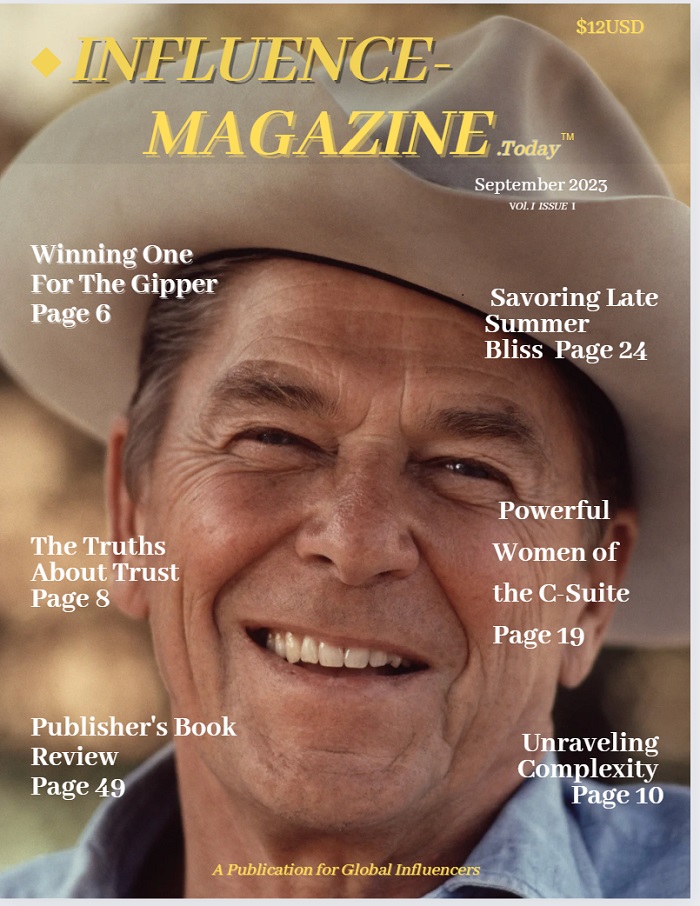Hello Small Business Owners! Launching a start-up in today’s tricky pre-recession environment is no small feat. Economic uncertainties are intimidating, but with business growth consulting, there’s a silver lining! Let’s delve into how this secret weapon can navigate your start-up through murky waters to radiant success!
Business Growth Consulting Unveiled
In an economic climate brimming with challenges, a business growth consultant is your guiding star. This experienced mentor provides crucial insights to tackle market volatility, aiding your small business in devising strategies resilient to economic downturns while optimizing growth opportunities.
By analyzing market data, customer behaviors, and competitor actions amidst a looming recession, consultants can craft robust, adaptable strategies to navigate your start-up through today’s uncertain business terrain, ensuring sustainable growth and success.
Growth Strategies Amid Economic Challenges
The looming recession necessitates strategic navigation through the business environment, and consultants have precise strategies tailored for these challenging times:
- Market Penetration: Strengthen your foothold among existing customers by enhancing product value and running recession-sensitive promotions.
- Market Development: Explore untapped markets that may emerge or become more accessible during economic downturns, with expert guidance ensuring effective entry strategies.
- Product Development: Innovate with products or services designed to meet changing consumer demands in a pre-recession landscape.
- Diversification: Consider spreading risks through diversification, with informed advice assisting you in cautiously venturing into new products, services, or markets.
Consultants: Your Recession-Proofing Allies!
Business growth consultants are invaluable assets in recession-proofing your small business:
- Strategic Planning: Crafting plans sensitive to economic uncertainties, ensuring your start-up is not just reactive but proactive in facing challenges.
- Market Analysis: Delving into trends and demands unique to pre-recession periods, facilitating informed, timely decision-making.
- Operational Improvement: Streamlining operations to be lean and efficient, crucial for surviving and thriving in an economic downturn.
- Innovation Management: Driving innovation that addresses current market needs, keeping your start-up relevant and competitive.
- Change Management: Guiding through transitions smoothly, minimizing disruption while capitalizing on new opportunities arising from economic challenges.
Embarking on Growth Consulting – Ready, Set, Go!
Embarking on business growth consulting amid a pre-recession environment begins with recognizing the need for specialized expertise. Search for consultants experienced in navigating businesses through economic challenges, with a proven track record in your industry.
Engage in discussions clarifying your organization’s objectives, expectations, and the specific challenges you anticipate facing in the current economic climate. Establishing this understanding lays the groundwork for a partnership poised to steer your start-up through the looming recession successfully.
Are you ready to take the first step in Unlocking the Growth Potential of your Small Business, MarketAtomy will be holding a 3-day Annual Strategic Planning and Mental Health Retreat November 13th-15th, 2023 in Orlando, Florida. Space is limited. Go to www.marketatomy.com/annual-strategic-planning/ for more information and to register.
Conclusion
In a world where economic uncertainties are the only certainty, business growth consulting offers a beacon of guidance for start-ups. With strategic support tailored to navigate through pre-recession challenges, your start-up is equipped not just to survive but to thrive and grow. Engage a business growth consultant today and set your enterprise on a course for success, recession or not!
_____________________________
About the Author
Danna Olivo is a seasoned business professional and entrepreneur with extensive experience in the field of market analysis and strategy. As the founder and CEO of MarketAtomy, she has established herself as a leading expert in providing insightful analysis and actionable recommendations to help businesses of all sizes grow and succeed.
She’s a top selling author on Amazon and host of the weekly podcast Charged Up Studio. Danna is committed to the growth of small business in the US and has developed an ecosystem focused on providing resources for small business leaders including education, accountability, collaboration, and resource management.




